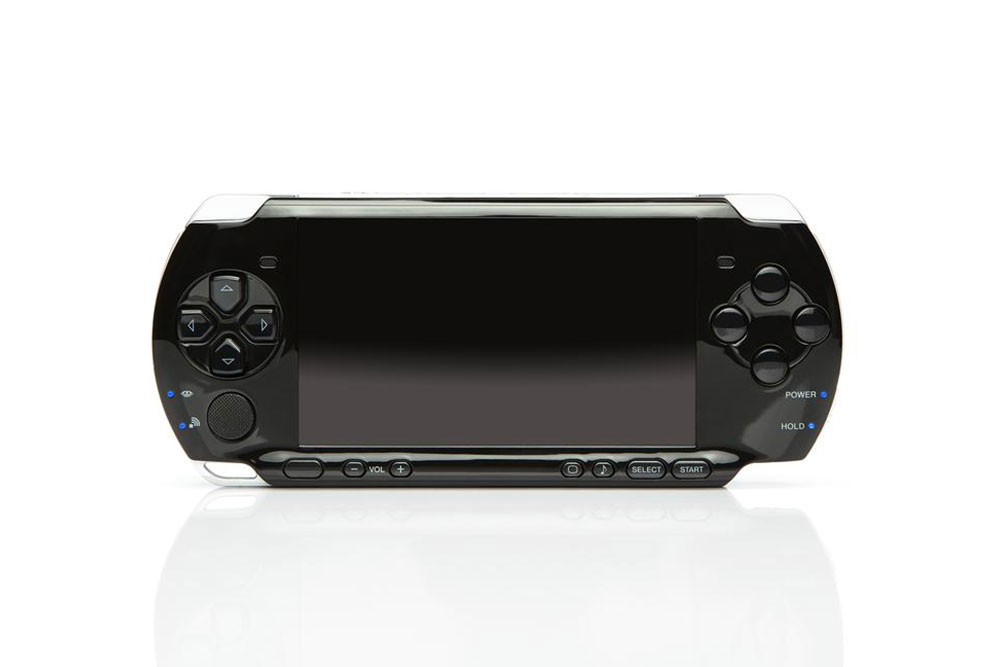In-Depth Comparison of Nintendo 2DS and 3DS: Features, Differences, and Choosing the Best Handheld Console
This comprehensive comparison explores the key differences and features of Nintendo 2DS and 3DS, covering design, hardware, gameplay, and multimedia capabilities. Perfect for gamers choosing their ideal handheld console, the article provides expert insights on affordability, functionality, and gaming experience, helping you make an informed decision tailored to your needs and budget. Whether you want budget-friendly portability or advanced 3D features, this guide covers everything to consider. Discover which Nintendo handheld console suits your gaming style today.

Comprehensive Guide to Nintendo 2DS and 3DS: Key Features and Differences You Need to Know
Since their introduction into the gaming market, Nintendo's handheld consoles have consistently been at the forefront of portable gaming innovation. Among these, the Nintendo 2DS and 3DS stand out as popular choices for gamers of all ages. Released in late 2013, the Nintendo 2DS was designed to offer a more affordable and straightforward gaming experience compared to its predecessor, the Nintendo 3DS. Both devices are built on similar hardware platforms, support backward compatibility with a wide range of Nintendo DS and 3DS titles, and feature a range of entertainment options. However, they differ substantially in design, features, and price, making it essential for consumers to understand their differences before making a purchase.
This detailed comparison aims to cover all critical aspects of both handheld consoles, including hardware specifications, design philosophy, gameplay capabilities, multimedia features, and overall value. Whether you are a casual gamer, a parent seeking an educational device for children, or an enthusiast looking for a portable gaming companion, knowing the key distinctions between Nintendo 2DS and 3DS will guide you to make an informed decision tailored to your preferences and budget.
The Nintendo 2DS is an entry-level handheld device crafted by Nintendo to cater to cost-conscious consumers. Its launch was driven by the goal to make portable gaming more accessible without sacrificing the core experience of Nintendo's handheld gaming platform. Priced at approximately $129.99, the 2DS offers a compelling solution for gamers seeking affordability, durability, and straightforward gameplay. Its battery life ranges from 3.5 to 6.5 hours, depending on usage, providing ample playtime on a single charge. The device's design is sleek, lightweight, and resembles a flat tablet, making it easy to carry and handle even for younger users or beginners.
In contrast, the Nintendo 3DS introduces enhanced features such as stereoscopic 3D visuals, which significantly enrich the gaming experience. This feature allows players to enjoy games in three dimensions without the need for special glasses, creating a more immersive environment. However, the 3DS's higher price point and larger, more complex design can be a consideration for some consumers. Despite these differences, both consoles share compatibility with a broad library of Nintendo games, ensuring access to popular titles and gaming classics.
The Nintendo 2DS supports all Nintendo DS and Nintendo 3DS game titles, providing a versatile gaming experience.
The 2DS features an 82% larger screen compared to the 3DS, which enhances visual clarity and gameplay immersion. Its ergonomic, foldable design makes it convenient for storage and travel. It is equipped with a Circle Pad for 360-degree control, a C-Stick for precise movement in select games, and dual shoulder buttons for additional control options. Also, it includes a responsive touchscreen that responds smoothly to stylus input, making menu navigation and gameplay more intuitive. Contactless NFC technology on both devices facilitates interactions with amiibo figures and other compatible content.
The device comes with a comprehensive set of accessories, including a stylus, rechargeable battery, six augmented reality (AR) cards, a 4GB microSDHC card for storage, and an AC adapter. These accessories expand gameplay options and storage capacity, enabling users to download games or save their progress easily.
Both the 2DS and 3DS come pre-loaded with a suite of software features aimed at enhancing gameplay experience and community connectivity. Key features include the Mii Maker, which allows players to create personalized avatars, and Mii Plaza for multiplayer interactions and mini-games. The Theme Shop enables players to customize the device's interface, adding a personal touch. The Nintendo eShop serves as a digital storefront for game downloads, demos, and other media content, facilitating easy access to new titles and updates. An internet browser supports software updates, ensuring the device remains secure and current.
Additional entertainment features include the Nintendo 3DS Sound app, which lets users listen to music and record voice memos, and an activity log to track gameplay duration and activity patterns, useful for parents or moderation purposes. The devices also support a variety of built-in games like Face Raider and augmented reality experiences that utilize the AR cards for interactive gameplay, making the devices not just gaming tools but multi-functional entertainment platforms.
In summary, choosing between the Nintendo 2DS and 3DS largely depends on your budget, desired features, and gaming preferences. If affordability, portability, and simplicity are your priorities, the 2DS offers a reliable and enjoyable gaming experience that covers all your basic needs. For those seeking 3D visuals, enhanced controls, and a richer multimedia experience, the Nintendo 3DS remains a superior choice. Both devices provide access to a vast library of Nintendo titles, ensuring long-lasting entertainment value and engagement for gamers of all ages and skill levels.
As Nintendo continues to innovate, both the 2DS and 3DS remain relevant options for portable gaming. Their robust hardware, extensive game library, and integrated entertainment features make them standout choices in the handheld gaming market. Understanding their key differences and capabilities will help consumers select the device that best fits their gaming lifestyle, whether for casual gaming, competitive play, or family entertainment.




